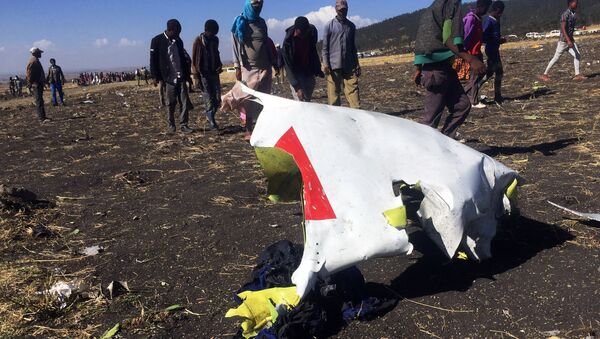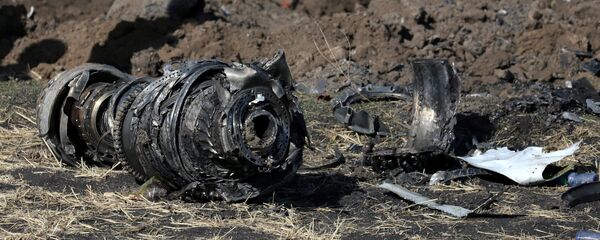A person who reviewed the communications told the New York Times on Thursday that within one minute of the flight's departure, Getachew informed air traffic officials in a calm voice that that he was experiencing a "flight control" issue.
The unidentified individual indicated that two minutes later, Getachew had managed to overcome the setback, allowing the Max 8 jetliner to reach a safer altitude during the plane's climb.
However, moments later, things took a turn for the worse.
Air traffic controllers reportedly noticed that Flight 302 was repeatedly moving up and down by hundreds of feet at an unusually high speed, prompting them to direct two nearby planes to maintain higher altitudes as a precaution.
Just as air controllers issued their orders, Getachew reportedly interrupted the instructions, calling for an immediate request to turn the plane back. "Break break, request back to home… Request vector for landing," the pilot reportedly said in a panic.
At this point in time, Flight 302 was three minutes into its flight and reportedly accelerating to speeds well past safety limits, according to the Times. One minute after Getachew was cleared to turn back, the flight disappeared from radars over a restricted military zone.
All contact between air traffic controllers and Flight 302 was lost five minutes into the Nairobi-bound flight.
The latest details came just one day after Bloomberg reported that investigators at the crash site had discovered a device known as a jackscrew, which helps to lower or raise the plane's nose. The position of the device when it was found suggested that the plane was set to dive, an anonymous source familiar with the investigation told Bloomberg.
Although black box recordings are still being sifted through by investigators, experts have suggested that the plane's Maneuvering Characteristics Augmentation System (MCAS) may have played a role in the deadly incident. The system was installed in both of Boeing's Max 8 and 9 planes so that the aircraft's nose could be pushed down in the event that it reached an altitude that would cause it to suddenly stall.
The MCAS was also widely cited as a contributing factor in the fatal October 2018 Lion Air crash, which also involved Boeing 737 Max 8 plane. A total of 189 people were killed in the Lion Air crash, and another 157 were killed in the Ethiopian Airlines disaster.





